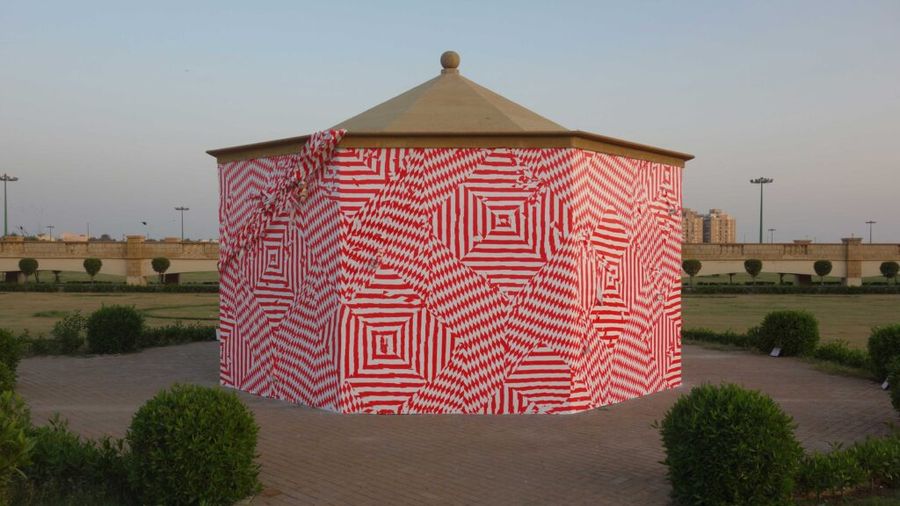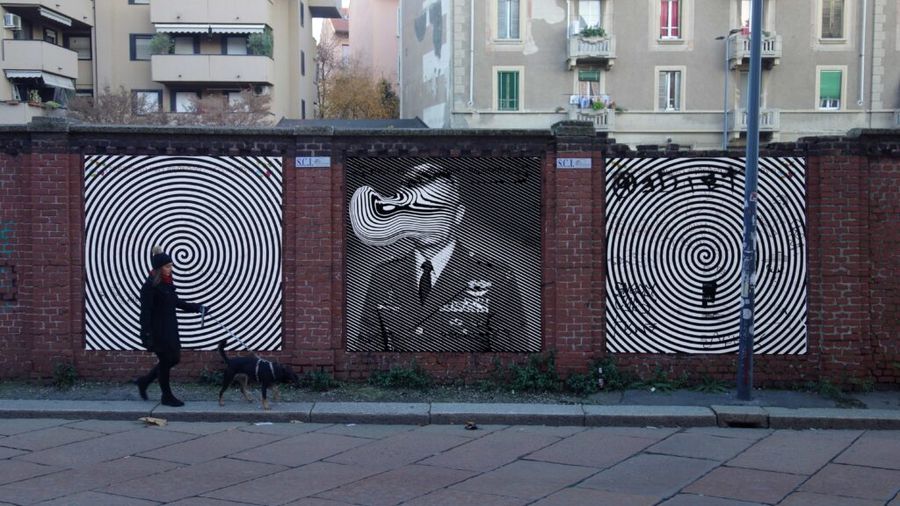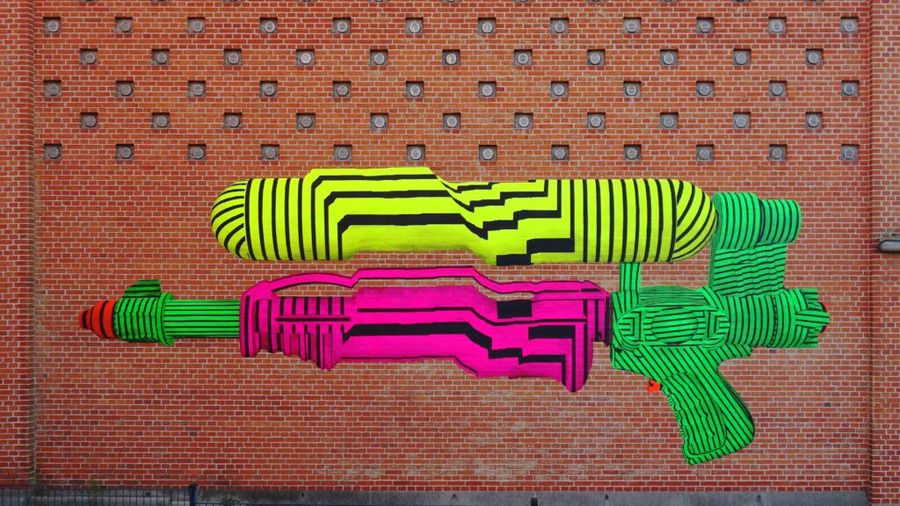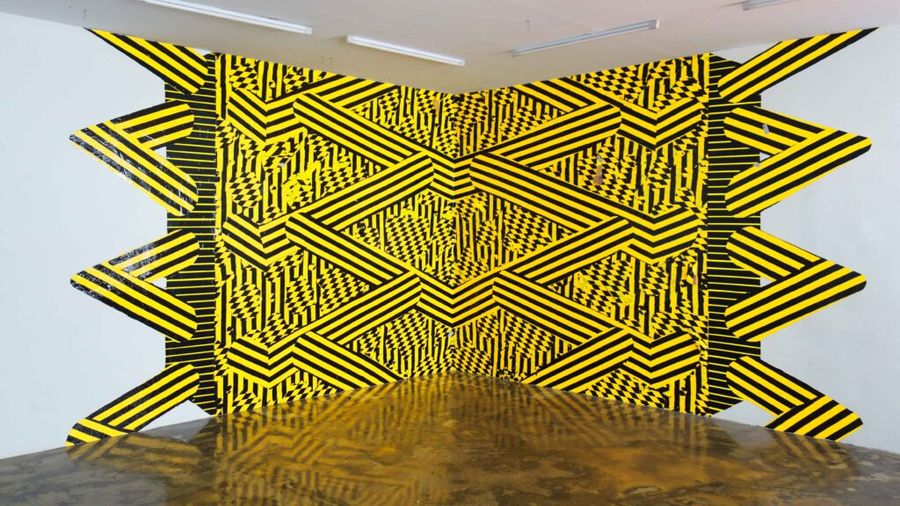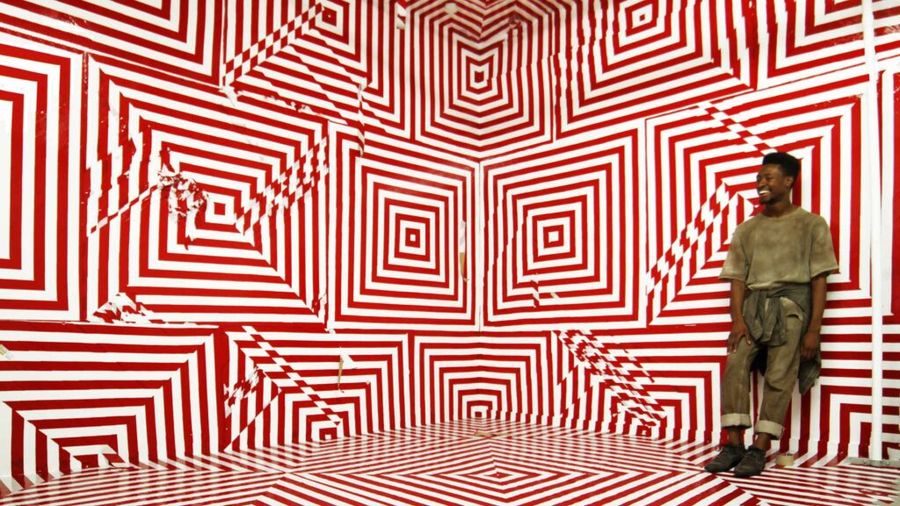Carlo Galli
Galli desecolarizza il proibito, lo estromette dal suo vetusto trono storico e vi aggiunge una connotazione ludica, anche se non necessariamente reale, come se fosse un gioco da bambini.
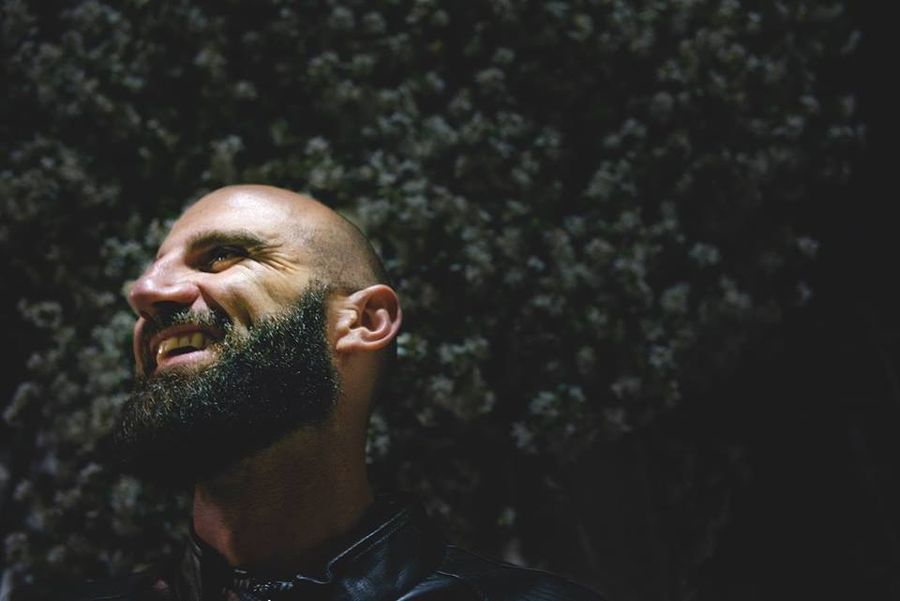
Carlo Galli ammalia e seduce il suo pubblico con forme e colori sorprendenti solo per continuare schiaffeggiandoli in faccia con fatti concreti. Riesce a cogliere appieno la violenta carica negativa che trasuda dagli oggetti, a scomporli e ricomporli con nuovi significati, trasformandoli così in dispositivi di diletto sensoriale e, successivamente, di diletto intellettuale. Tutto ciò, ma sempre consapevoli che la cultura non è più (né meno) che un gioco.
Esibizioni
Opere di Carlo Galli (0)
Curriculum Vitae
1981 Nato a Pietrasanta
Vive e lavora a Milano
FORMAZIONE
2000 Liceo Artistico, Lucca
2005 Laurea, Accademia di Belle Arti - Scultura, Carrara
2008 Specializzazione post laurea - Scultura, Carrara
MOSTRE PERSONALI
2020 Cozy Mesh, Alkatraz Galerija, Lubiana
2019 Out of order, Question Mark Gallery, Milano
2018 I JO ME, Sehsaal, Vienna
2015 I sleep well, AdhocPAD, Vienna
MOSTRE COLLETTIVE
2022 This is Not a Curated Exhibition III, Galleria Ramo, Como
2022 Tape art convention 2022, Berlino
2022 Visoni (S) Velate, Via Farini, Milano
2022 This place is full of love, Mista Mostra Spazio Lock, Milano
2022 Open Studio in VIR Via Farini Residency, Milano
2021 The artist statement, (Turbine Art Fair) Johannesburg
2021 Street of mind, OZMO NEVE GALLI, Ex Marmi Pietrasanta
2021 Vetrina, Piazza del Duomo, Pietrasanta
2020 Klister Kunst Festival, Koge
2020 MT Art Project, 3331 Arts Chiyoda, Tokyo
2019 KB19-Karachi Biennale, Karachi
2019 ‘Not only cigarettes’, Green cube Gallery, una mostra IRL/URL
2018 Tape Art Convention, Neurotitan Gallery, Berlino
2018 ‘Qui dove tu vivi’, Casa Murabito, Casoli
2018 Bau Out GAMC, Viareggio
2017 ‘Sincerity’, SHARE Festival, Torino
2017 ‘La conmociòn emocional’, Espacio Dörffi, Lanzarote
2017 ‘Vetrina’, Pietrasanta
2016 ‘Dress Codex’ GAMC Viareggio
2016 ‘House Guests’ SHARE Festival, Torino
2015 ‘Cattivi natali’ Dadaboom, Viareggio
2015 ‘Last Grexit to Brooklyn’, Centotto Gallery, New York
2015 ‘Trasgressioni’ Dadaboom, Viareggio
2014 ‘From sea to you’ POCA gallery, Bilbao
2014 ‘BRIDGED’ Bag Factory, Johannesburg
2014 ‘BAU3D’ GAMC, Viareggio
2014 FuoriCorso, Villa Bonaparte, Viareggio
2014 ‘Questa strada è anche la mia’, Viareggio
2013 ‘Insetti Inetti’ EXP, Carrara
2013 ‘Inconvenzional-mente’ Palazzo Paolina Bonaparte
2013 Marble Rumble, EXP, Carrara
2013 Bau Dieci GAMC, Viareggio
2013 ‘OVOQUADRO’ Palazzo Ducale, Massa
2012 ‘Il museo illuminato’ GAMC, Viareggio
2012 ‘Bau nove’ GAMC, Viareggio
2012 ‘TRANSITO’ Studio37, Las Palmas
2011 ‘Pimp mi casa’ Viareggio
2010 ‘Sculture in Giardino’ Ristorante Lombardi, Torre del Lago Puccini
2010 ‘Un quadro per rinascere’ GAMC, Viareggio
2010 ‘Esterni’ SMS, Pisa
2010 ‘Pimp my mary’, Carrara
2009 ‘VAP’ Villa Bonaparte, Viareggio.
LAVORI / PROGETTI / RESIDENZE
2022 VIR ViaFarini Residency, Milano
2019 Residenza artistica Studio17 Gran Canaria
2019 ‘Don’t forget to go home’ Performance dal vivo, collettivo Millesuoni, Milano
2019 ‘Binario10’ Opera d'arte pubblica, memoriale Via Ponchielli Viareggio
2018 Installazione pubblica ‘Kulturschiene’, Salisburgo
2017 Programma di residenza Espacio Dörffi, Lanzarote
2017 Tape of meditation, curato da Lorenzo Mazza, Grimm Lab, Viareggio
2016 ‘Safe Coffee’ Fiera Make Munich, Monaco
2015 Residenza artistica ‘Alternate access’, New York
2015 Residenza artistica AdohcPAD, Vienna
2015 Schmiede Festival, Salisburgo
2014 Residenza artistica Bag Factory, Johannesburg
2014 Premio HENROUX, Pietrasanta
2014 Schmiede Festival, Salisburgo
2013 Festival SCHMIEDE, Salisburgo
2013 L21 chiama 6 artisti, Viareggio
2013 Installazione pubblica ‘Notte bianca’, Palazzo Gambacorti, Pisa
2013 Pneumatic Circus/Trasmediale Festival, Berlino
2013 “Carlo Galli 2011/2013”, curato da Gaia Querci, Museo Ugo Guidi, Forte dei Marmi
2011 Festival DRAWING(A)LIVE, L21, Viareggio
2010 SLAM! L21, Viareggio
2009 Progetto umanitario ‘Quadro ONU/PNUD’, Havana (C)
2009 Kunstwollen L21, Viareggio
PUBBLICAZIONI
Street Art guide Vienna, Wien, AU
ART (inter), Paul D’agostino, New York, US
Los Dictadores, Editorial Vortex, ES
Lanzarote Arte y Temporalidad, Adonay Bermudez, ES
Las instalaciones urbana de Carlo Galli, JUXTAPOZ LATINO AMERICA
Carlo Galli y el robo de lo espacio publico, diariodelanzarote
3D walls on tuscany, muralismomorteNato nel 1981 a Pietrasanta
